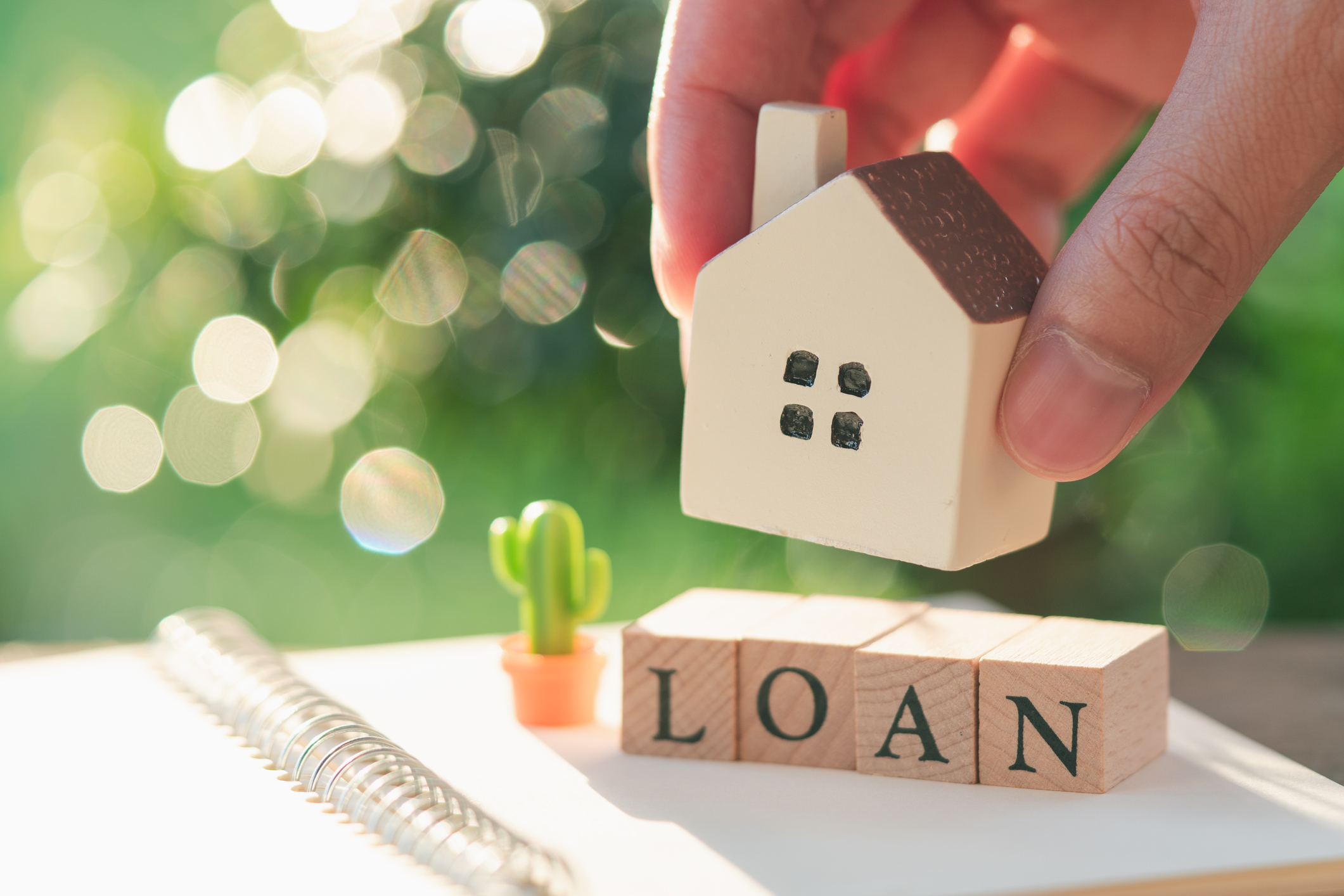Whilst the Urban Development Institute of Australia firmly opposes the Federal Labor’s proposed policy to restrict Capital Gains Tax and Negative Gearing, we do support Federal Labor’s commitment to establish ‘Build-to-Rent’ housing as a viable asset class in Australia.
“‘Build-to-Rent’ operates as a successful housing model internationally, with more established markets in the UK and USA. Whilst the model typically generates a lower yield than alternative asset classes it can provide a potential attractive asset class for developers and investors in Australia, but only with the right policy settings,” said UDIA President, Darren Cooper.
For developers and institutional investors, the real opportunities are in the details – tax challenges, fund structuring, planning policy and delivery mechanisms. Seizing these opportunities requires a keen understanding of the intricacies of this emerging asset class (which includes social, affordable, multi-family and retirement village premises).
“Labor’s pledge to tackle the current taxation barriers and disincentives for institutional investors by creating a level playing field for managed investment trust tax rates will help to attract investment into the Build-to-Rent sector, improving housing supply.”
UDIA has been calling for more consistent taxation treatments for Build-to-Rent housing to support the growth of the sector at scale in Australia.
“UDIA advocates strongly for the eligibility of the 15 per cent Managed Investment Trusts (MITs) rate for institutional investors to be introduced in parallel with negative gearing for private investors”, Mr Cooper added.
The proposed policy changes to negative gearing will result in a fall in the supply of rental housing from the private investor market, leaving a widening gap which can be supported by the Build-to-Rent model. Denying the benefits of negative gearing to private investors will need to be counterbalanced by greater incentives for institutional investors to step in.
“With more than 2.7 million Australians renting their own homes, this option could provide better choices and more certainty in the industry,” Mr Cooper said.
“Build-to-Rent housing is purposely designed and managed for the needs of renters, offering long leases, purpose-built units, shared facilities and investment in community.
“The Build-to-Rent model also encourages and enables government to partner with industry to provide more affordable housing choices,” Mr Cooper said.
We encourage bipartisan support for the provision of housing construction and development options that can stem the contraction of the jobs in building industry, which employs more than 1.4 million workers in Australia.
As housing affordability becomes an increasing issue, younger Australians are seeking alternative product offerings. Build-to-Rent projects provide a convenient lifestyle, with greater access to amenities such as in-house cleaning, maintenance, landscaping and on-site property and facilities management provided by the asset’s owner.
“Support for Build-to-Rent is a vital step in attempting to address housing affordability, especially in our larger cities where residents need and desire to live closer to work, schools and transport.
UDIA believes the Build-to-Rent option can potentially deliver Australians who increasingly have to rent more choice, while stimulating new construction and supporting jobs at a time when the industry is needing a boost,” Mr Cooper concluded.
UDIA continues to provide measured and practical advice to all levels of government and industry. To find out more about our campaign visit “Building a liveable future for all Australians.”

